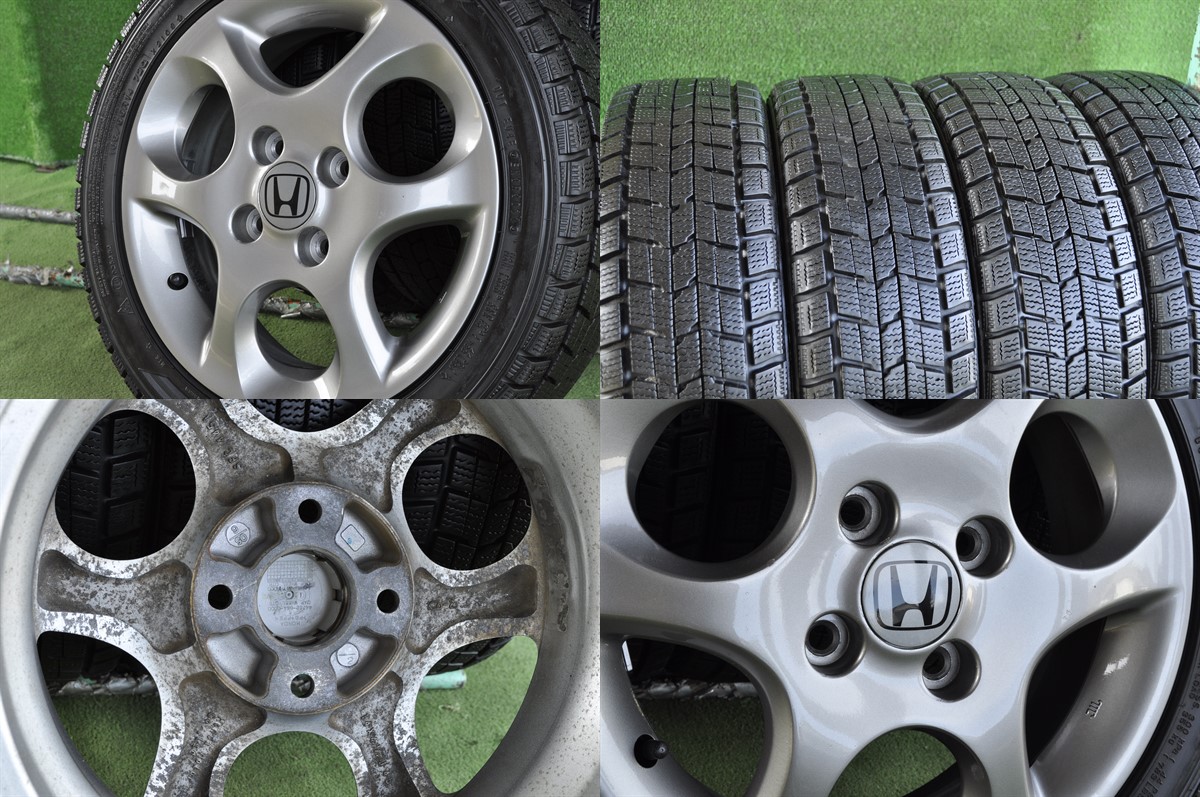

#Honda 165 cg engine plus
Three different crankshaft designs were used in the first three years of the machines, plus numerous other detail items were modified or changed according to U.S. If you happen to be CB92 shopping, bear in mind that many minor and major changes were made to the bike during its production life. bike application of the front binder causes the leading-link suspension to rise up sharply.

The eight-inch brakes are overkill on a 275 lb. The suspension is very taut and you are continually bounced around on either the stock dual or the YB racing seat. They aren’t particularly complicated, but it does have an orderly and definite sequence in which to do maintenance or repair operations. It helps to have watchmaker genes in your makeup, as everything is on the small side when overhauling the engines and making carburetor changes. Service and overhaul is pretty much standard Honda, if you have been working on many of the era’s models. The lockable tire pump was located on special brackets below the fuel tank.
#Honda 165 cg engine Patch
The tool kits were quite complete and included the tire pump lock keys, scissors and a tire patch kit. The original cables were of smaller diameter and the levers had small ball-ended tips. The first bikes had alloy tanks, side covers and front fenders. The 1960 bikes had Benly tank badges, rather than Benly 125 shown on the later versions. The large-capacity 6-volt batteries were charged by a permanent-magnet generator, also driven off the left end of the crankshaft. Front suspension was a leading-link design and wheels were 18-inch front and rear, spoked to magnesium 8-inch hubs, and fitted with double-leading shoe brakes on the front. The transmission was a four-speed unit, with wet clutch and electric starting. The camshaft was driven by a chain from the left end of the crankshaft. The bikes were powered by a wet-sump, OHC, two-valve-percylinder, t360-degree-firing, parallel-twin engine producing 15 hp at 10,500 rpm. These machines were even used as practice bikes for the first Isle of Man races attended by Honda riders. What was really astounding was the fact that Honda could mass-produce these bikes by the thousands, making hundreds of editions every day!ĬA95 Benly Touring 150 (late) Benly 125 Super Sport (1959-62)ĬB92s and a one-year only CB95 (150cc version) were sold first in Japan in 1959.

Even the “convenient” Benly sister machine, known as the CA95 Benly 150 Touring would reach 70 mph plus, and both had single-carburetor two-valve cylinder heads, electric-starting, oil-tight engines, and amazingly detailed fittings on each machine. This kind of performance from a street-based production motorcycle was unheard of in 1960. The YB (accessory) parts list included a racing-style seat, 13,000-rpm tachometer, megaphone exhausts and numerous racing-spec engine parts, allowing a power curve to reach over 10,500 rpm. Honda claimed a stock CB92 would go 81 mph and about 85 mph for the race-kitted CB92R version. An angular fuel tank, with a wrap-around kneepad, and the short, flat, handlebars gave an immediate impression of power and style. The CB92 featured an alloy fuel tank, side covers, front fender and 8-inch magnesium, double-leading-shoe brakes on the front wheel. The 1960 Honda 125cc CB92 Super Sport and 150cc CA95 Benly were rolled out as alternatives to the beginner bikes and they were real eye-openers for novice and experienced enthusiasts alike.

with the Honda Cubs, bigger-displacement machines were introduced. Once the beachhead was established in the U.S.


 0 kommentar(er)
0 kommentar(er)
